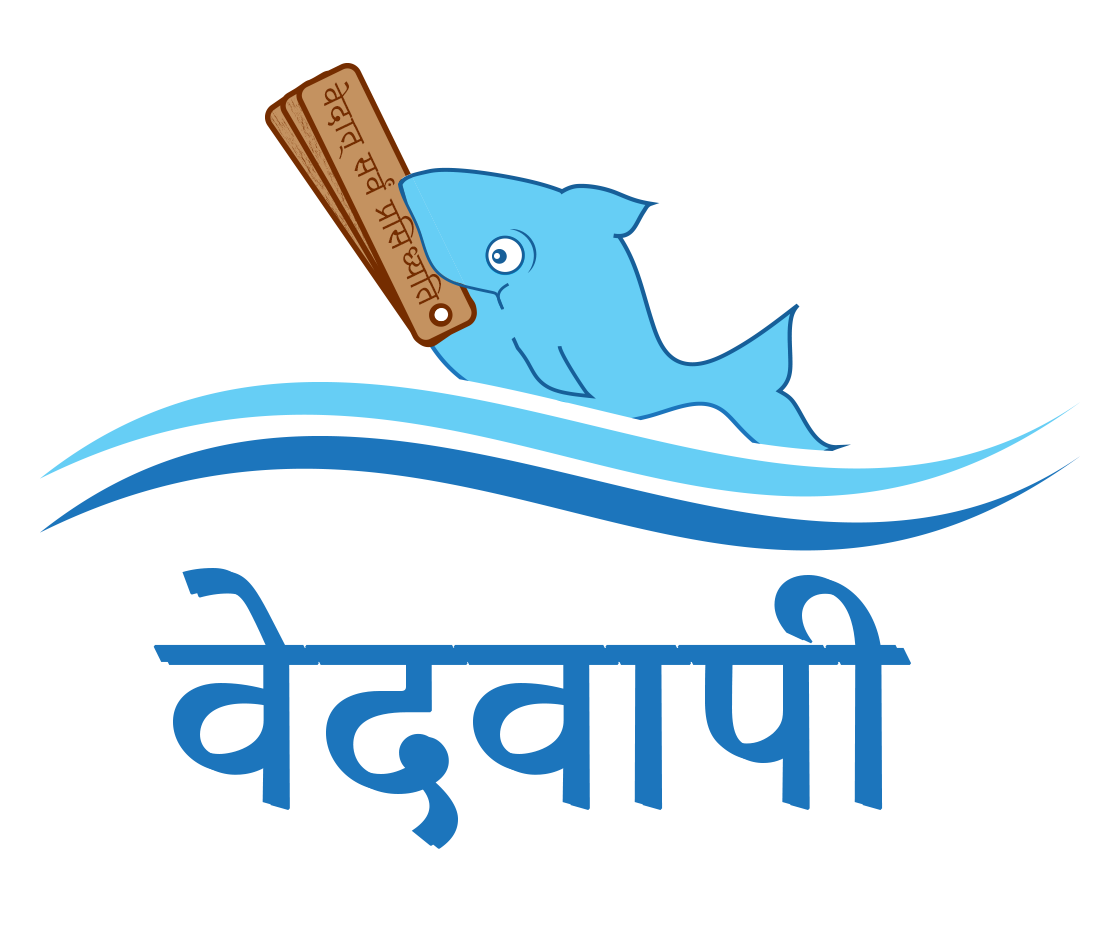Shaastra Maps: Enabling Conceptual Exploration of Indic Shaastra Texts
Here is the abstract of a research paper by Vedavaapi published at 18th World Sanskrit Conference 2023 in Australia under Computational and Digital Humanities section.
Sai Susarla, Suryanarayana Jammalamadaka, Vaishnavi Nishankar, Siva Panuganti, Anupama Ryali, and S Sushrutha. 2023. Shaastra Maps: Enabling Conceptual Exploration of Indic Shaastra Texts. In Proceedings of the Computational Sanskrit & Digital Humanities: Selected papers presented at the 18th World Sanskrit Conference, pages 174–187, Canberra, Australia (Online mode). Association for Computational Linguistics.
Abstract
Indic shaastra texts employ a rigorous, structured style of discourse that adheres to well-laid-out conventions of Nyaaya and Mimaamsa. As a result, unlike modern scientific treatises which use free form natural language for their discourse, Indic shaastra texts are more amenable to mechanized navigation and interpretation. Such a facility also simplifies their study by novice readers via creating custom dynamic views on demand for rapid drill-down and assimilation.
This paper contributes a conceptual network representation of Indic shaastra texts called Shaastra Map along with a graph query scheme called ShaastriQL1 that together provide these benefits. At its core, ShaastraMap is an overlay directed graph of sentences and sections of one or more Shaastra texts linked via relations widely employed by shaastra authors and experts such as tantrayuktis and padaartha sambandhas. This representation directly mimics shaastric discourse structure and hence makes the author’s intent more explicit to reduce learning barrier. Moreover, ShaastriQL offers primitives to help generate the following custom views of a shaastra text:
- Glossary: Show all the technical terms used in the text along with their definitions, illustrative examples and explanations ·
- Category Hierarchy: Given a conceptual category, show its recursive hierarchy of attributes and sub-categories. ·
- Discourse by topic: Given a topic, show its complete analysis in the text to a given level of detail. ·
- Summary: Show a high-level summary of the text with an incremental drill-down view of details.
We have built a web-based ShaastraMap editor that lets users (i) mark up a shaastra text to describe its structural layout upto individual sentences, (ii) tag the sections and their inter-relationships using well-formed 7-layer shaastric categories based on Nyaaya and Mimaamsa principles of text interpretation, and (iii) explore the text via the above custom views. This paper outlines these capabilities and our experience in the context of mapping four diverse shaastra texts.
